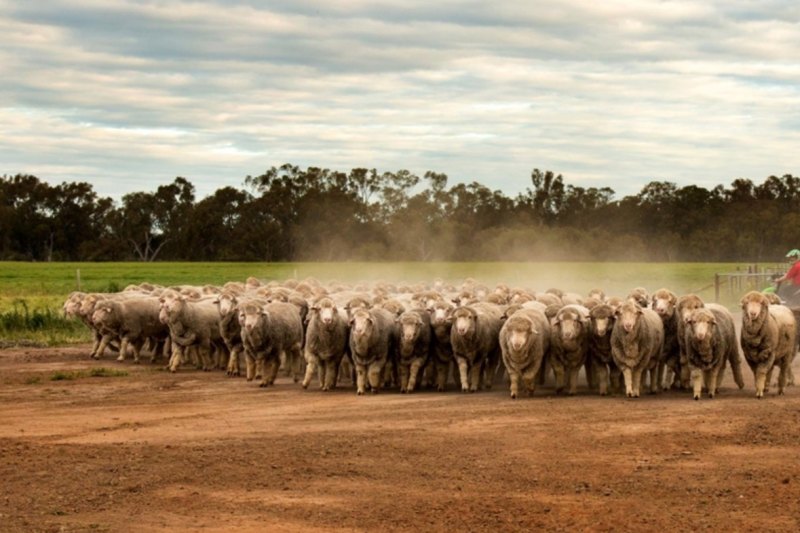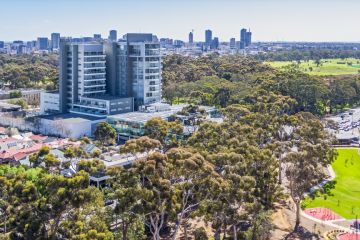Rising house prices entice homeowners to sell up in time for busy spring market
Sellers in Sydney and Melbourne are heading into the new spring season with more confidence, experts say, as a pause in interest rate rises and an increase in buyer demand have created the perfect storm in the market.
Spring is traditionally a strong selling and buying season, but a visible — and unusual — step change that unfurled over the winter months has put the market in an unseasonably strong position heading into the warmer months.
According to Domain data, the number of new listings in July increased in Sydney by 11 per cent over the previous month and 10.1 per cent year-on-year. In Melbourne, new listings increased by 7.4 per cent and 2.4 per cent, respectively – a welcome reprieve from what has been extremely tight property markets with not enough stock for sale.
“What we’ve seen over the last few months is sellers have become active during a period that is seasonally quite quiet, so it is unusual,” says Domain chief of research and economics Dr Nicola Powell. “Sellers are becoming more motivated to sell their homes.
“When you decide to sell your home, you don’t necessarily change that decision, you delay it and time it for when the market is right or when the timing is right for you … but selling conditions have remained strong and buyer demand has risen, which is enough to motivate sellers to come to market.”
According to the Domain House Price Report, Sydney’s median house price sits at $1,538,017, up 5.3 per cent over the quarter and 0.1 per cent year-on-year. In Melbourne, the median is $1,027,996, up 0.4 per cent over the quarter, but down just 4.4 per cent year-on-year.
Lisa Roberts of Belle Property Carlton/Melbourne/North Melbourne says she has noticed a step change in listings in recent months and is looking forward to a busy few months.
“I opened 11 properties on Saturday, and next week, I’ll have 12 to 13 open homes,” she says. “We’re flat-out at the moment.
“But real estate is only ever supply and demand. Supply has been quite low and quiet, which it generally is in winter, which is why prices have held steady. But, after 12 consecutive interest rate rises, people haven’t been prepared to sell before so sellers held onto their properties.
“With the last two interest-rate holds, people have become more confident going into spring and putting their property on the market.”
Since the last Reserve Bank of Australia rate rise in June, Domain’s Buyer Demand Indicator has shown an increase in demand for houses and units combined in Sydney and Melbourne.
Steady clearance rates have also given sellers and buyers another vote of confidence.
“The clearance rate is a reflection of the overall strong selling conditions, particularly coming out of Sydney … the stock will build and while the overall supply is still down year-on-year, the depth and decline aren’t as great as what we’re experiencing,” Powell says.
In June, Domain data showed Sydney’s clearance rate was 72.4 per cent, up 23.2 percentage points over the year; and Melbourne’s was 40.4 per cent, up 19.1 percentage points.
“What we saw over winter was an unusually healthy [auction] performance, and in spring, buyers are likely to have more options and it’ll give [them] better conditions to purchase so clearance rates will likely pull down slightly [but] it will still be strong,” Powell adds.
Adrian Tsavalas of Adrian William is gearing up for more listings to come to market but says buyer demand is outweighing supply.
“There’s still optimism from sellers,” he says. “We’ll have a regular ramp up [of listings] in spring but it certainly doesn’t feel like we’re going to be inundated with homes to sell … we don’t have as many as we’d like.
“There’s a lot of buyers … we’ve seen some solid demand for properties between the $800,000 [and] $1 million price tags.”
Tsavalas says a number of areas around “buzz suburbs” will benefit from the demand for property.
“[Sydney] suburbs such as Newtown, Marrickville and Earlwood are three of the most sought-after Inner West suburbs and the bridesmaid suburbs – the suburbs near those – are getting attention also, because of those suburbs,” he says.
A rise in new listings may give buyers more options and skew negotiations in their favour, but Powell says this will balance the market.
“Conditions really favoured sellers over winter and I think opportunistic sellers really utilised that,” she says. “We saw a strong growth rate in Sydney over the winter months but that five per cent quarterly rise is unsustainable. The [rise in listings] will help slow down that pace of price growth.
“It’ll be a positive change but the [price growth] won’t be as strong across the board.”
We recommend
States
Capital Cities
Capital Cities - Rentals
Popular Areas
Allhomes
More
- © 2025, CoStar Group Inc.










